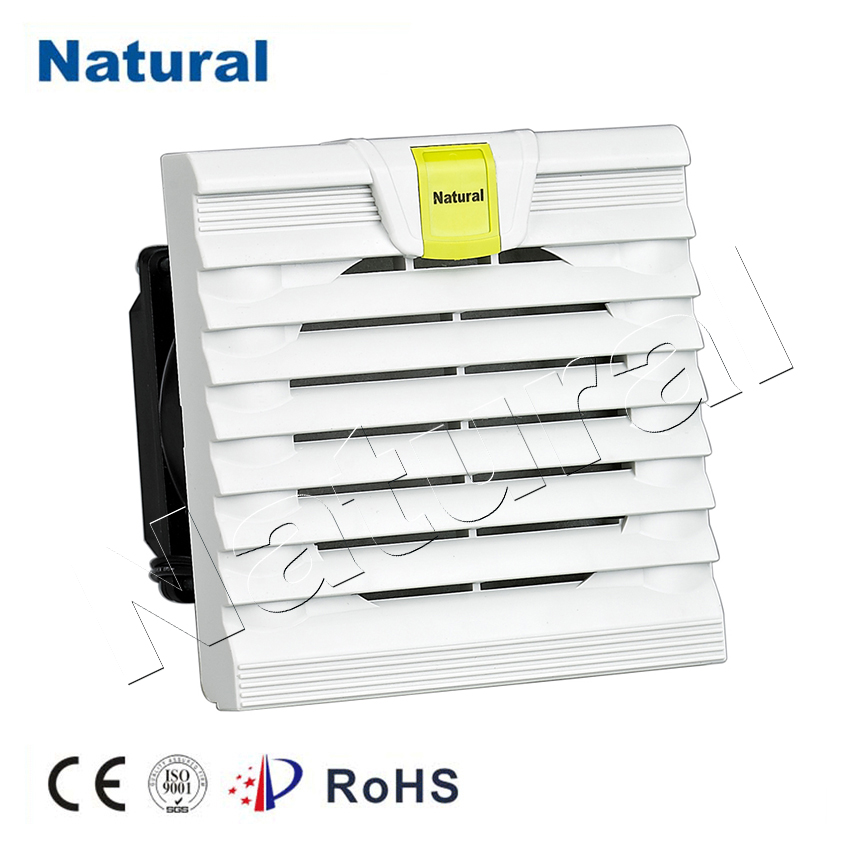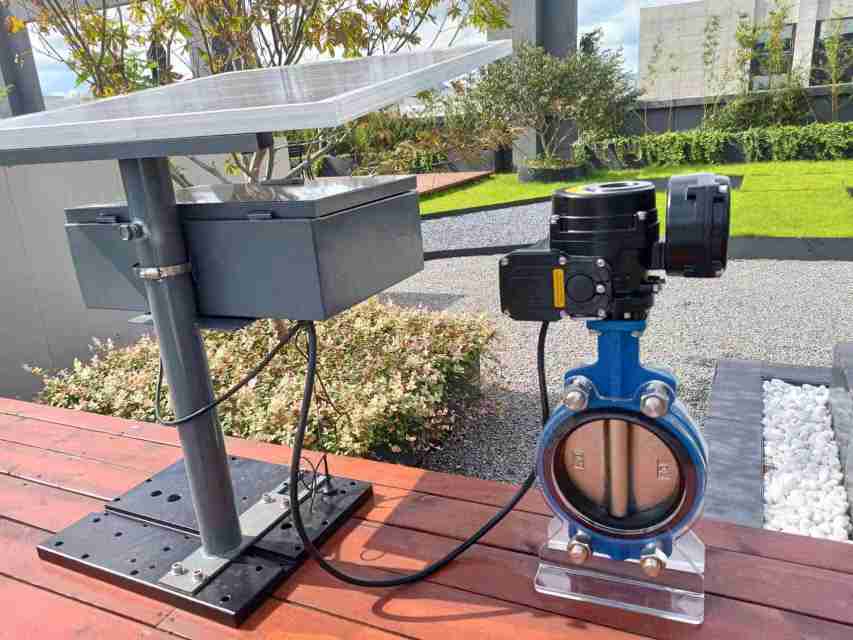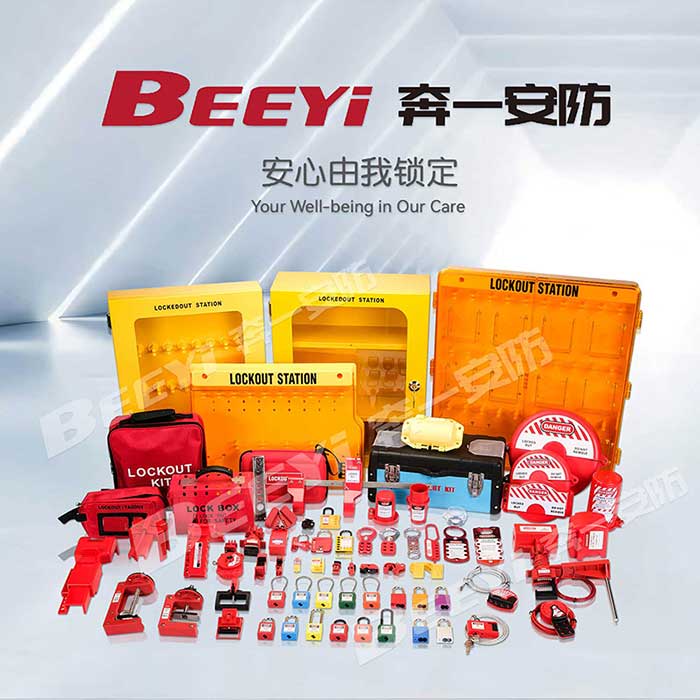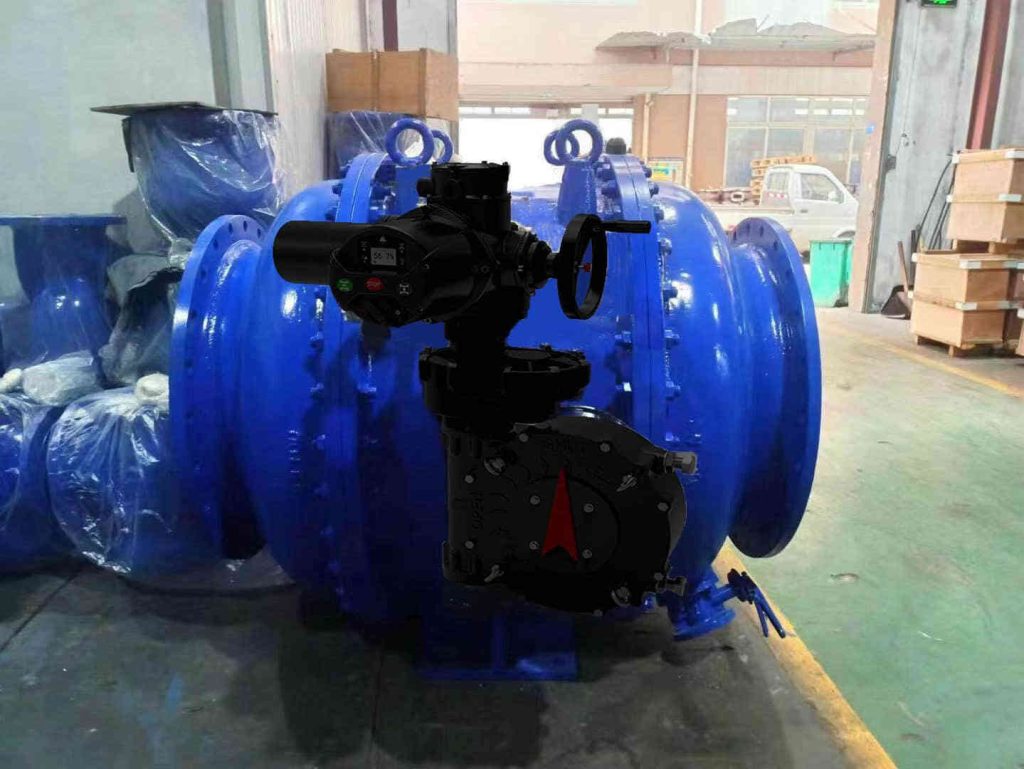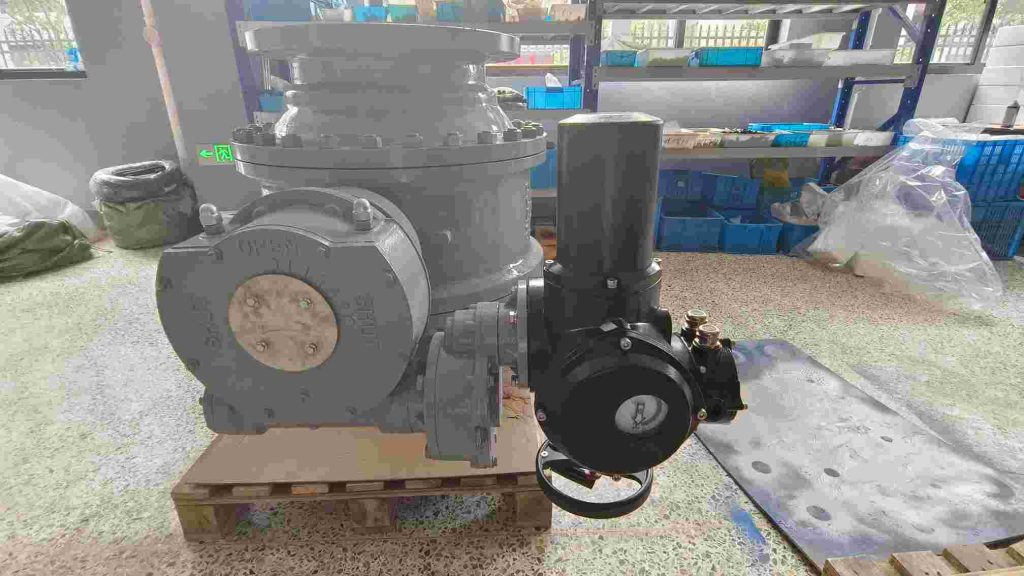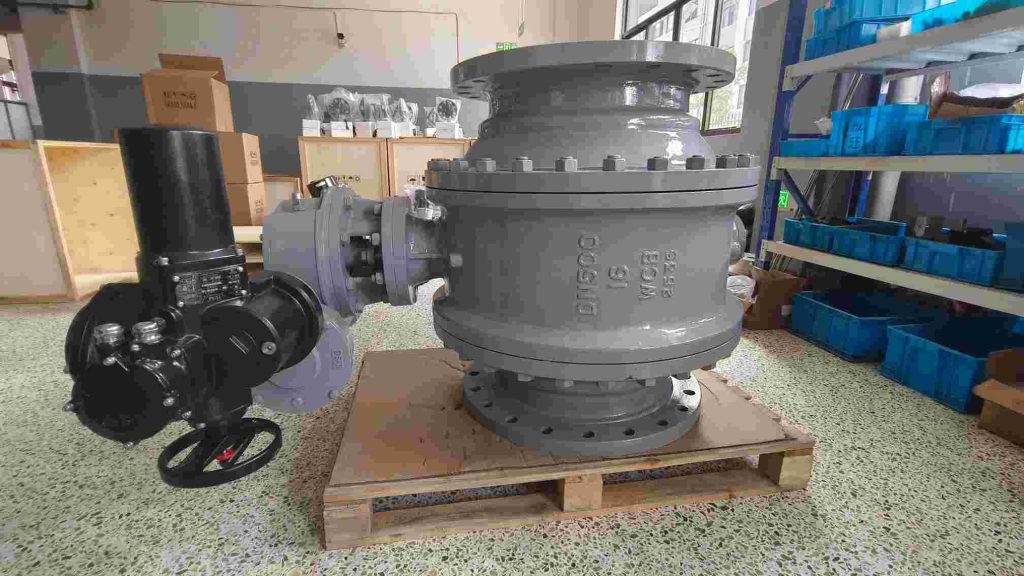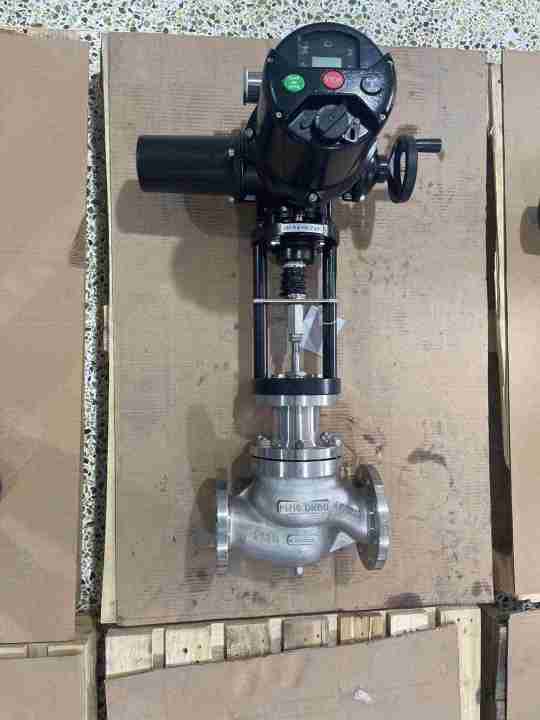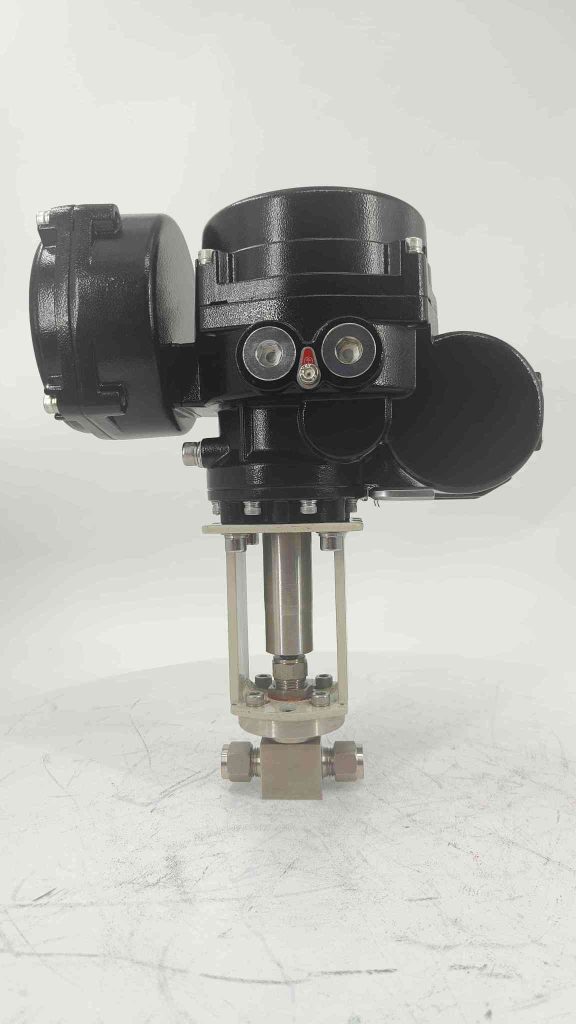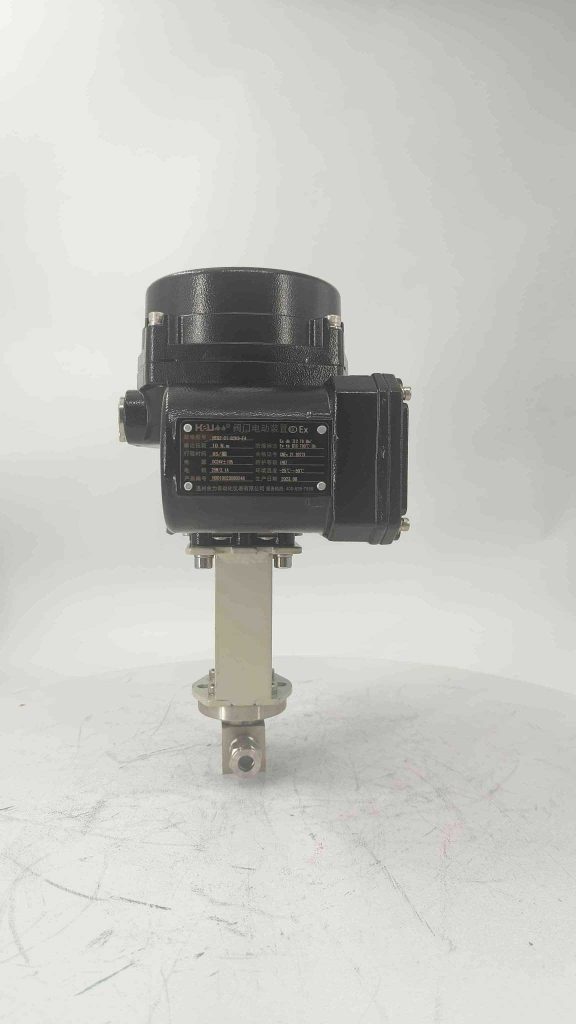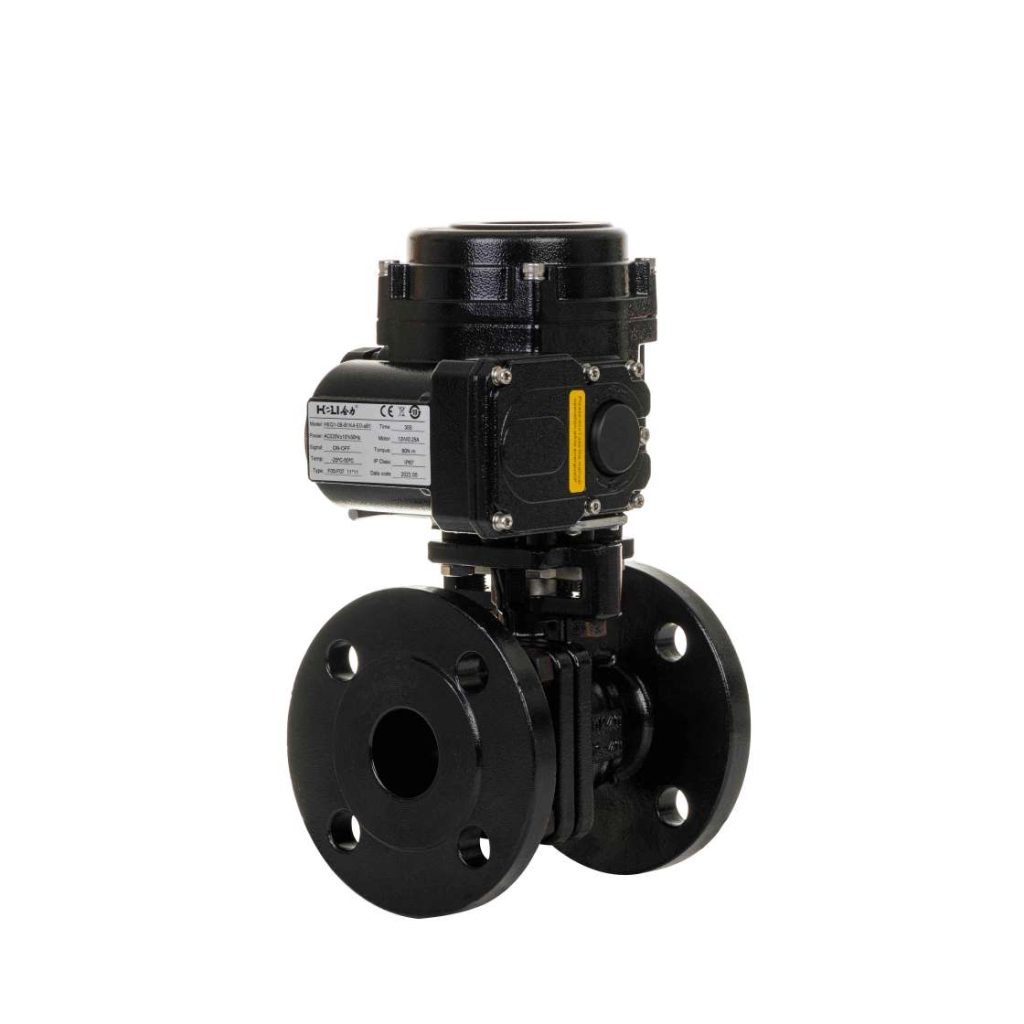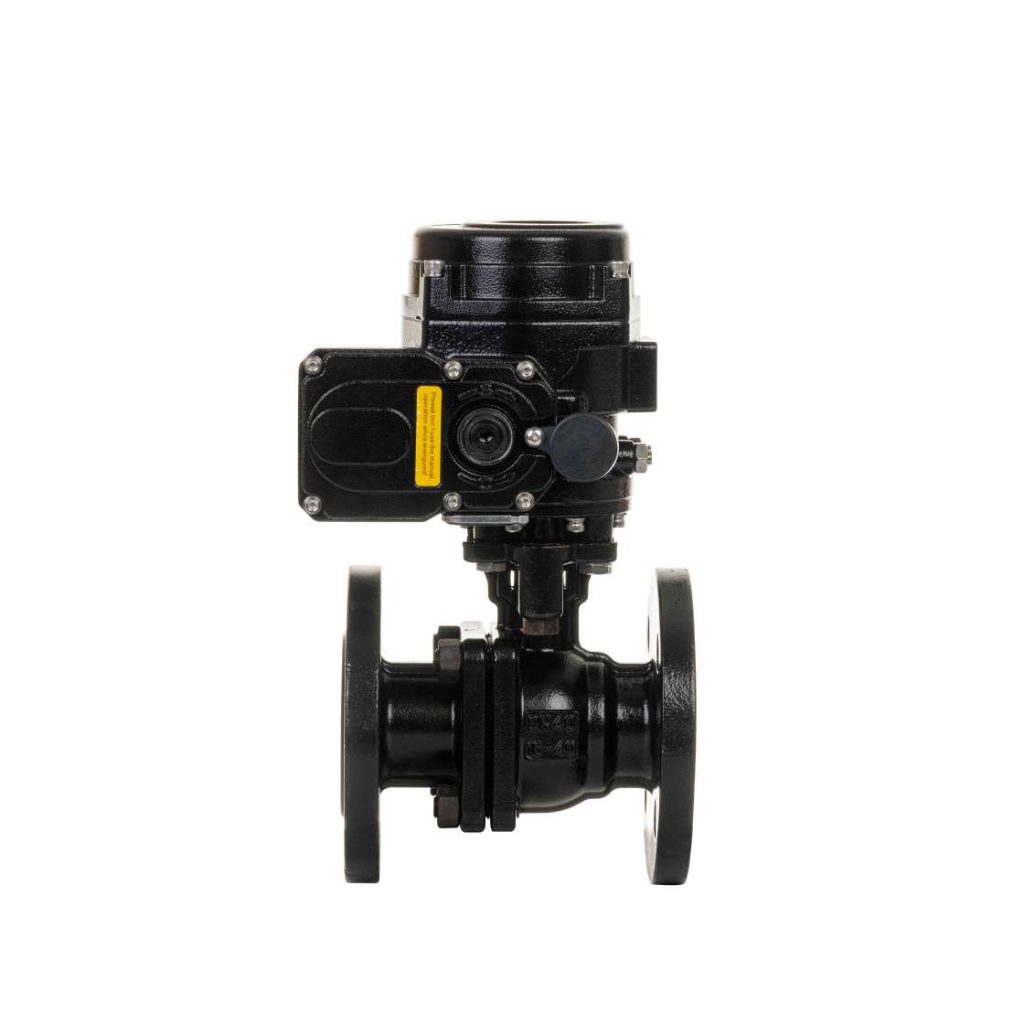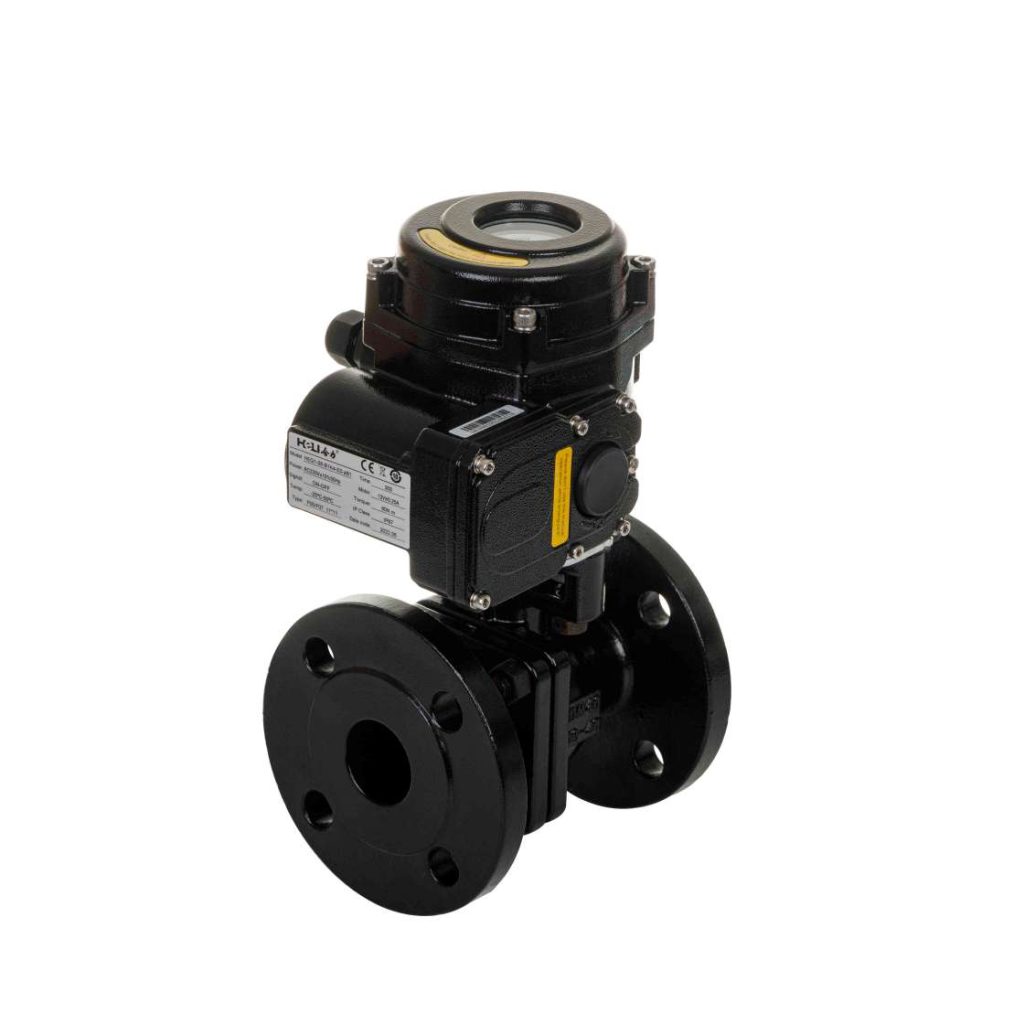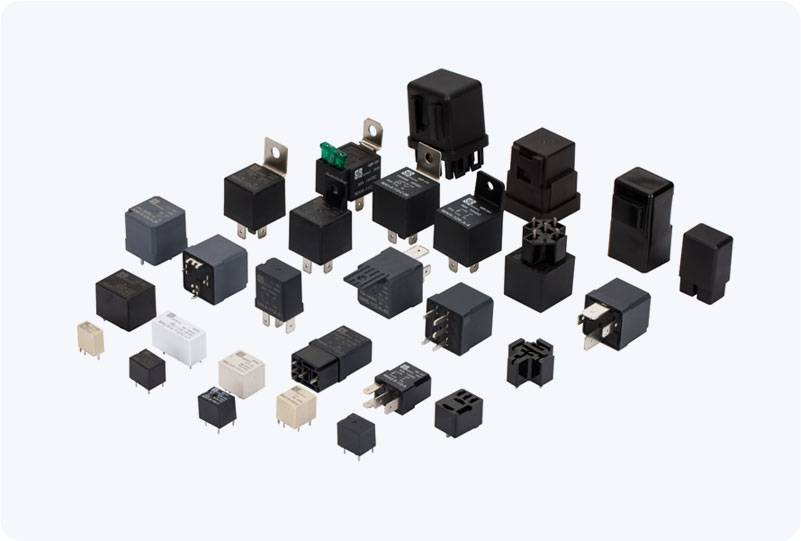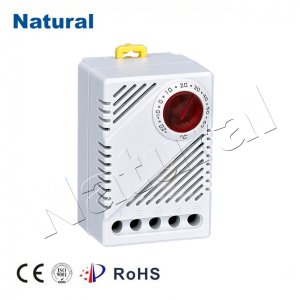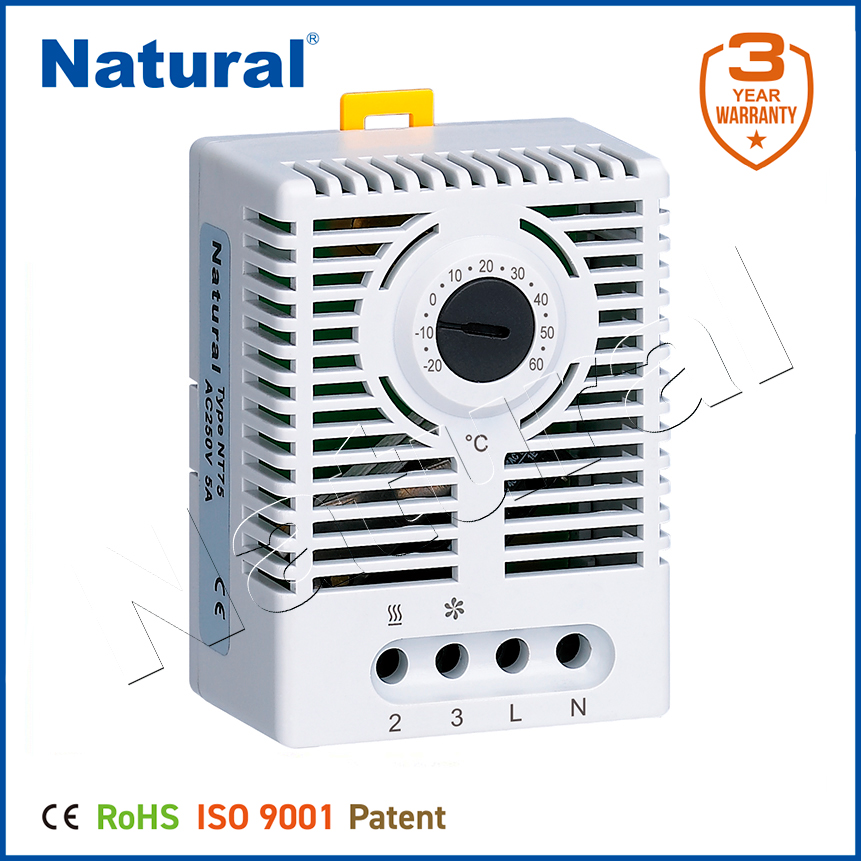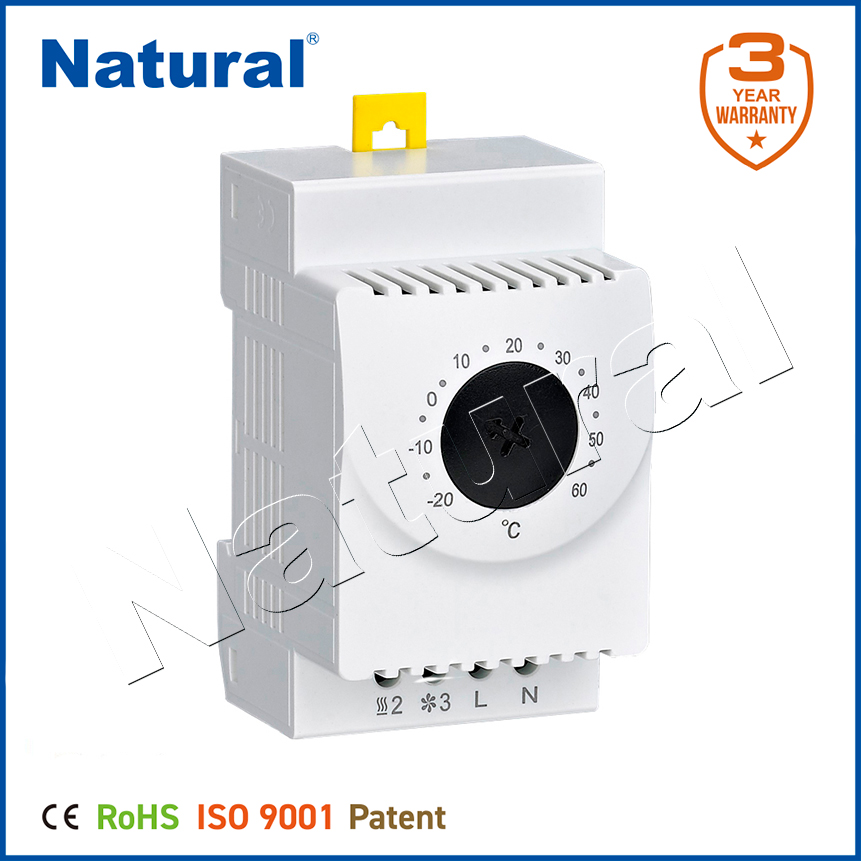In today’s technology-driven world, electronic devices and systems are integral parts of almost every aspect of life, from personal gadgets to complex data center servers. These devices operate in environments that can often be dusty and polluted, making the use of cabinet filters increasingly essential. Cabinet filters are simple yet effective tools that help protect sensitive electronic components from environmental contaminants. In this article, we will explore the importance of cabinet filters, how they work, and the benefits they bring to both small-scale and industrial electronic systems.
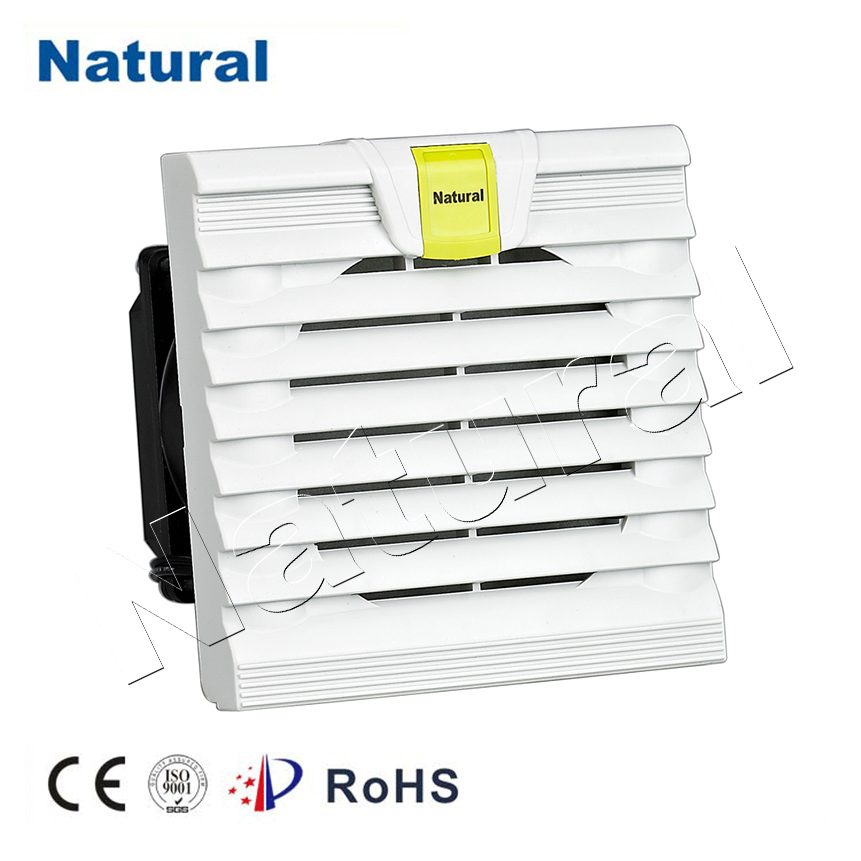
What is a Cabinet Filter?
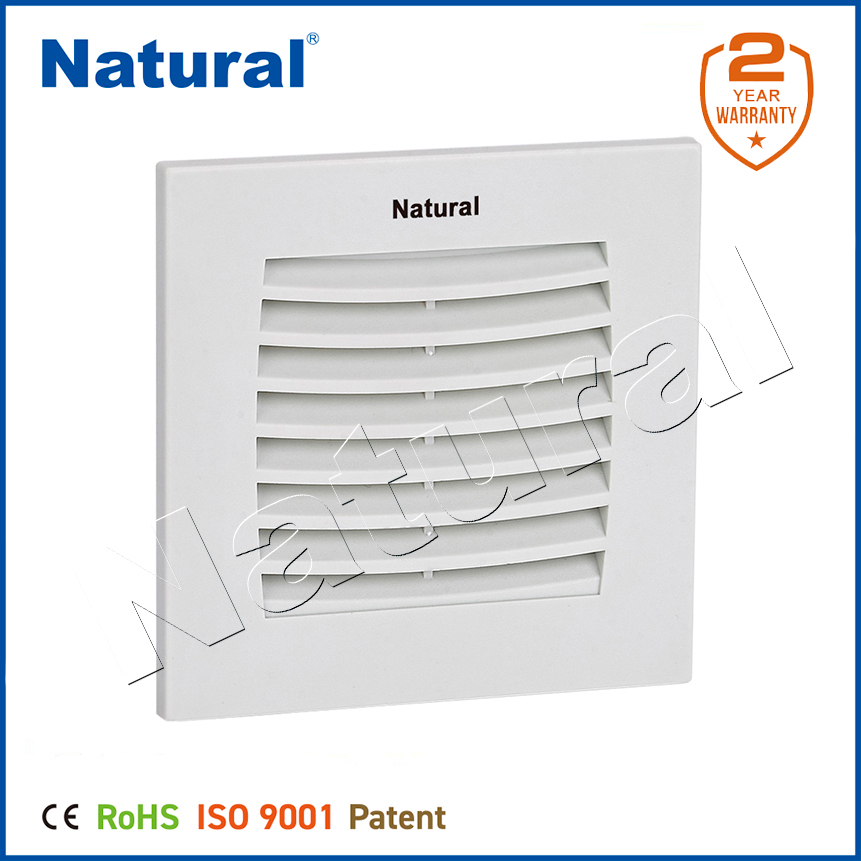
A cabinet filter is a filtration device typically installed in electronic enclosures such as server cabinets, electrical panels, and industrial machinery units. Its primary purpose is to filter out dust, dirt, and other particles from the air entering the cabinet. This ensures that the internal components, such as circuit boards, processors, and hard drives, remain clean and function optimally. Cabinet filters are often made of materials like foam, synthetic mesh, or metal mesh, designed to trap particulate matter while allowing air to flow freely. Some filters are also designed to handle specific environmental conditions, such as high temperatures or high levels of humidity.
